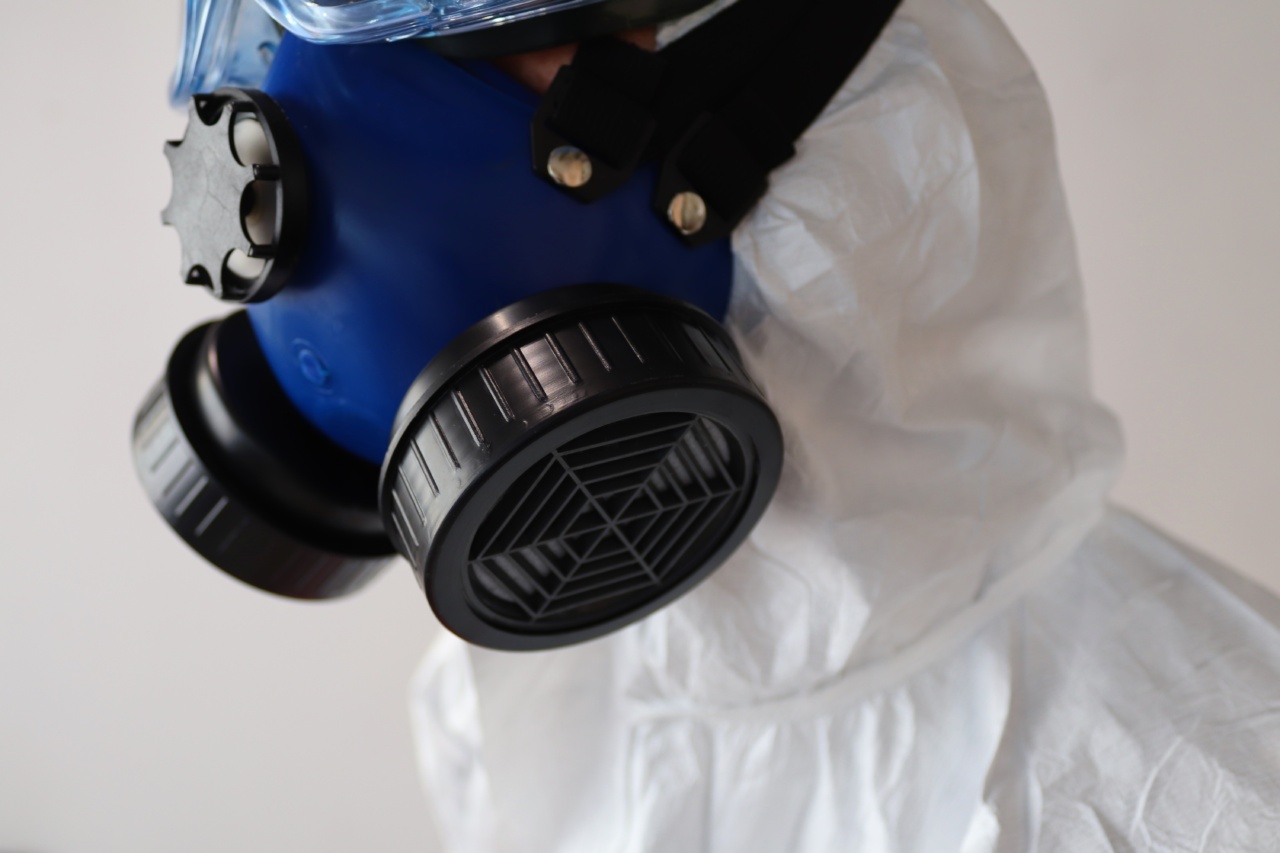Air pollution is a widespread environmental issue that affects the well-being of people around the world.
It is caused by the release of harmful substances into the atmosphere, primarily from industrial activities, vehicle emissions, and other human-made sources. While the impact of air pollution on respiratory and cardiovascular health is well-known, recent research has also found a concerning link between air pollution and kidney disease.
Understanding Kidney Disease
Kidneys are vital organs responsible for filtering waste products and excess fluids from the body, maintaining electrolyte balance, and producing hormones that regulate blood pressure.
Chronic kidney disease (CKD) is a condition characterized by the gradual loss of kidney function over time. It is often asymptomatic during its early stages, making it difficult to diagnose until the disease has progressed significantly.
CKD can have various causes, including high blood pressure, diabetes, genetic factors, and autoimmune disorders.
However, emerging evidence suggests that environmental factors, such as air pollution, can also contribute to the development and progression of kidney disease.
Air Pollution and Kidney Health
To understand the connection between air pollution and kidney disease, scientists have conducted numerous studies focusing on different pollutants and their effects on kidney health.
Particulate Matter (PM) and Kidney Disease
Particulate matter (PM) consists of tiny particles suspended in the air, such as dust, soot, and smoke.
These particles, especially those smaller than 2.5 micrometers in diameter (PM2.5), can penetrate deep into the respiratory system and enter the bloodstream, eventually reaching the kidneys.
Several studies have found a strong association between exposure to PM2.5 and an increased risk of kidney disease. The particles can induce oxidative stress, inflammation, and endothelial dysfunction, which can impair kidney function.
Long-term exposure to elevated levels of PM2.5 has been linked to the development of CKD, kidney damage, and even kidney failure.
Nitrogen Dioxide (NO2) and Kidney Disease
Nitrogen dioxide (NO2) is a harmful gas primarily produced by burning fossil fuels, particularly in vehicles and power plants. Chronic exposure to NO2 has been linked to respiratory problems and cardiovascular diseases.
Recent research suggests that NO2 can also exert detrimental effects on kidney health.
A study conducted in Taiwan found that long-term exposure to NO2 was associated with an increased risk of developing CKD.
High levels of NO2 can cause inflammation, oxidative stress, and endothelial dysfunction in the kidneys, contributing to the progression of kidney disease. Additional research is needed to further elucidate the mechanisms underlying the relationship between NO2 and kidney health.
Ozone (O3) and Kidney Disease
Ozone (O3) is a pollutant found in the lower atmosphere, primarily formed by the reaction of sunlight with pollutants like nitrogen oxides and volatile organic compounds.
While ozone plays a vital role in protecting us from harmful ultraviolet radiation in the upper atmosphere, at ground level, it poses several health risks.
Studies have shown that exposure to high levels of ozone can have adverse effects on kidney function.
It can lead to increased oxidative stress in the kidneys, disrupt the balance of vasoactive substances, and impair kidney blood flow, ultimately contributing to the development or worsening of kidney disease.
Heavy Metals and Kidney Disease
Heavy metals, including lead, mercury, and cadmium, are toxic environmental pollutants released into the air through various industrial processes.
These metals can accumulate in the body over time and cause severe health problems, including kidney damage.
Lead is particularly harmful to kidney health, as it can directly damage the structures responsible for filtration and reabsorption in the kidneys. Mercury and cadmium can also target the kidneys, leading to oxidative stress and inflammation.
A study conducted in China found a significant association between exposure to heavy metals in the air and an increased prevalence of CKD.
The research highlighted the need for stricter regulations and pollution control measures to minimize the release of heavy metals into the environment.
Protecting Against Air Pollution-Induced Kidney Disease
While the threat of air pollution to kidney health is concerning, there are steps individuals and communities can take to mitigate the risk and protect themselves.
1. Monitor Air Quality
Stay informed about the air quality in your area by regularly checking the Air Quality Index (AQI) provided by local authorities or reliable websites.
Limit outdoor activities when pollution levels are high, especially on days with specific air quality warnings.
2. Reduce Exposure
When pollution levels are elevated, minimize your exposure by taking certain precautions. Stay indoors and keep windows closed to reduce the infiltration of outdoor pollutants. Use air purifiers with HEPA filters to improve indoor air quality.
If you must go outside, wear a mask specifically designed to filter out particulate matter.
3. Support Clean Energy Sources
Advocate for and support the use of clean, renewable energy sources, such as solar and wind power, to reduce reliance on fossil fuels. Encourage the development of sustainable transportation systems and promote eco-friendly practices in your community.
4. Promote Green Spaces
Green spaces, such as parks and gardens, can help improve air quality by absorbing pollutants and producing oxygen.
Support the creation and maintenance of green spaces in your locality, as they not only enhance the aesthetic appeal but also contribute to overall environmental health.
5. Support Environmental Policies
Get involved in environmental initiatives and advocate for policies that aim to reduce air pollution. Support organizations working to improve air quality and promote sustainable practices.
Encourage lawmakers to enforce stricter regulations and incentivize industries to adopt cleaner technologies.
Conclusion
Air pollution is a complex environmental issue that poses numerous risks to human health. Recent studies have highlighted the connection between air pollution and kidney disease, emphasizing the need for increased awareness and preventive measures.
By understanding the detrimental effects of pollutants like particulate matter, nitrogen dioxide, ozone, and heavy metals, individuals can take steps to minimize their exposure and protect their kidney health. Additionally, promoting clean energy sources, green spaces, and supporting environmental policies can contribute to creating a cleaner and healthier environment for all.






























